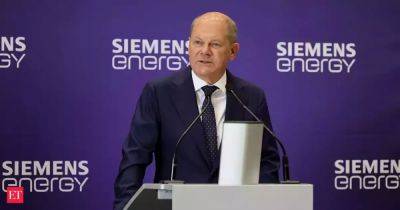Influencers are still hot property, but brands are now looking at returns too
Subscribe to enjoy similar stories. Brands that embraced influencers for their reach, authenticity and affordability are recalibrating strategies, as they target maximum bang for their marketing buck. For several consumer brands that swept over YouTube and Instagram thanks to the wide reach of influencers, returns on investment (ROI) are beginning to nag.
Influencer marketing in India may grow from ₹2,344 crore in 2024 to ₹3,375 crore in 2026, according to an April report by EY, which also noted that the biggest challenge for marketers was determining ROIs of their campaigns. “While there is no set definition of ROI, brands generally measure it on the basis of views, clicks, engagement and affiliate link sales an influencer’s post generates for them. However, it may or may not be possible to measure all these on every occasion," said Shankar Prasad, founder of Plum, a beauty and skincare brand that has partnered creators since 2016.
Plum, which used to spend 20-30% of its marketing budget on influencers till three years ago, has now trimmed it to 15%, Prasad said. “Initially, when influencer marketing was a new thing, everybody overestimated it. Now that we are getting a data-driven perspective, we are trying to calibrate and size it to the optimum level," he added.
While some brands decreased their budgets, others are allocating them differently for optimum returns. Sidhant Keshwani, founder of ethnic wear apparel brand Libas, said that the company is focusing on creator-driven commerce by tracking sales through affiliate links and coupon codes unique to creators. “By doing so, brands can invest more effectively, compensating revenue-generating creators on a commission-based model that aligns closely with their profit
. Read more on livemint.com





















